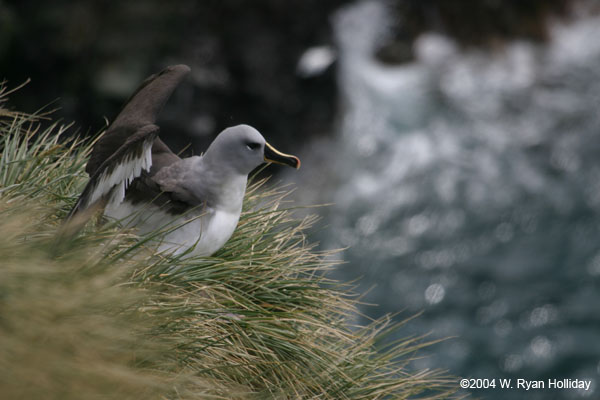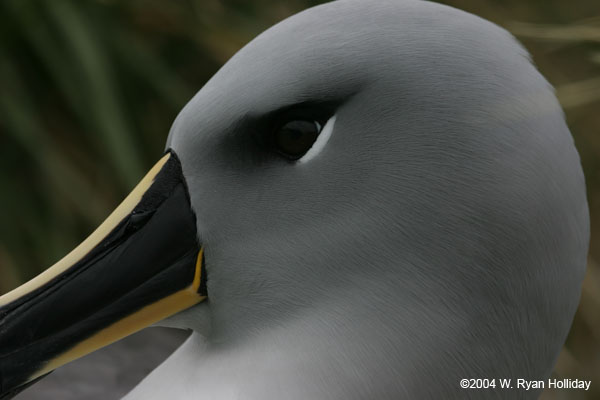Too often the message of conservationists is only about doom and gloom – unstoppable global warming, coral reefs dying, deforestation – which is a shame, because there is plenty of good news about the environment to buoy people’s spirits and remind us that we are capable of making positive changes in the world.
- I’ve written about the decade-long rat eradication program on South Georgia Island before, but to recap: starting in 2010, and continuing in 2012 and 2014, teams in helicopters dropped poison bait across the entire island in an effort to eliminate rats that had been brought to the island two centuries ago by whalers and sealers, decimating the island’s nesting birds. While using poison to kill rats is an unfortunate solution for a man-made problem, the chance of making the island safe again for as many as 100 million nesting seabirds far outweighs any negatives. Had the effort left even one breeding pair of rats alive it would have been a failure, but last week it was announced that two years after the last bait was dropped, and with thousands of chew sticks examined, tracking tunnels checked, and a team of rat-sniffing dogs having scoured the entire island, no signs of rats were found and the island has been officially declared rat-free. As the years go by bird populations will increase, and someday the island may again reclaim its title as one of the most important seabird nesting sites in the world.
- Closer to home, dam removal throughout New England has for the first time in centuries re-opened rivers to anadromous fish (fish that spawn in rivers but spend their lives in the ocean). On Maine’s Penobscott River, where just one herring was seen a decade ago, 1.8 million herring were counted in 2016. Other waterways where dams have been removed also show huge increases, and just as importantly the otters, raptors, and other animals that depend on those herring should also greatly benefit.
- Finally, in 2011 a Dutch teenager named Boyan Slat gave a TED talk about cleaning up plastic in the ocean using floating screens that drift in currents. In most cases you would expect that to have been the end of the story – a nice viral video that a lot of people watched, with no follow-up. However, in this case Boyan doggedly persisted, founding the Ocean Cleanup Project, raising over $30 million, and this week the now-23-year-old Boyan and his team launched a prototype cleanup system for tests in the Pacific outside of San Francisco Bay. Although I’ll admit to being skeptical about the likelihood of success with their current design, the fact that this project has persisted, and has managed to capture funding and attention year after year, makes me optimistic that they will eventually succeed and make a significant dent into removing some of the estimated five trillion plastic objects currently floating in our seas.


